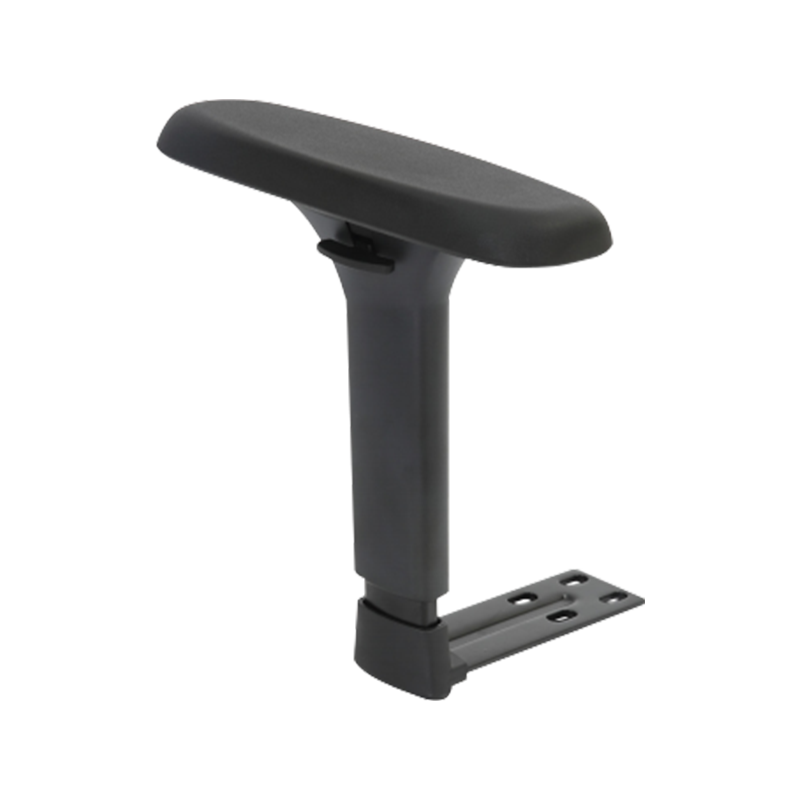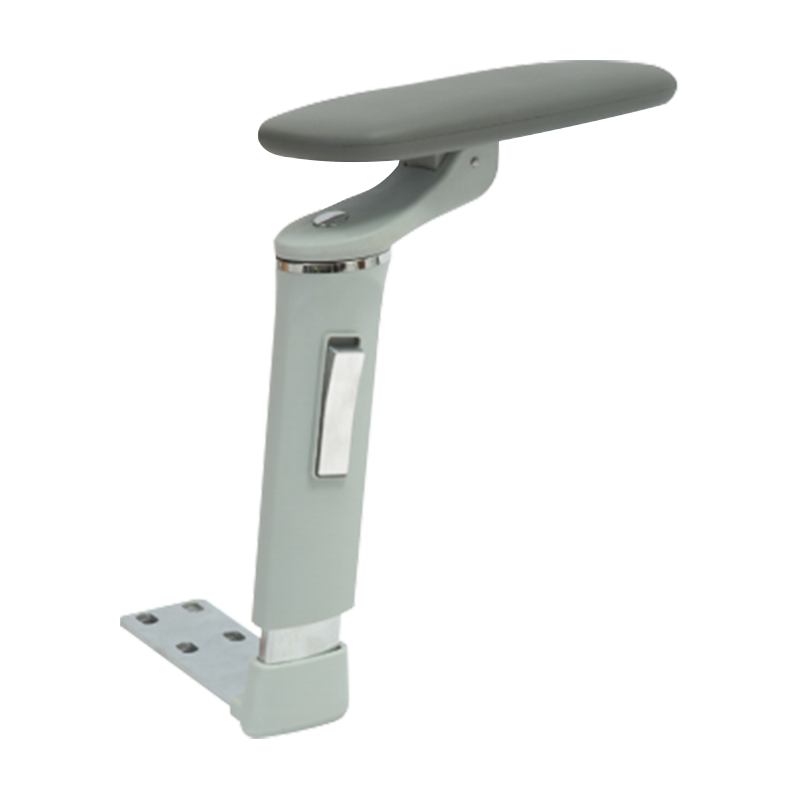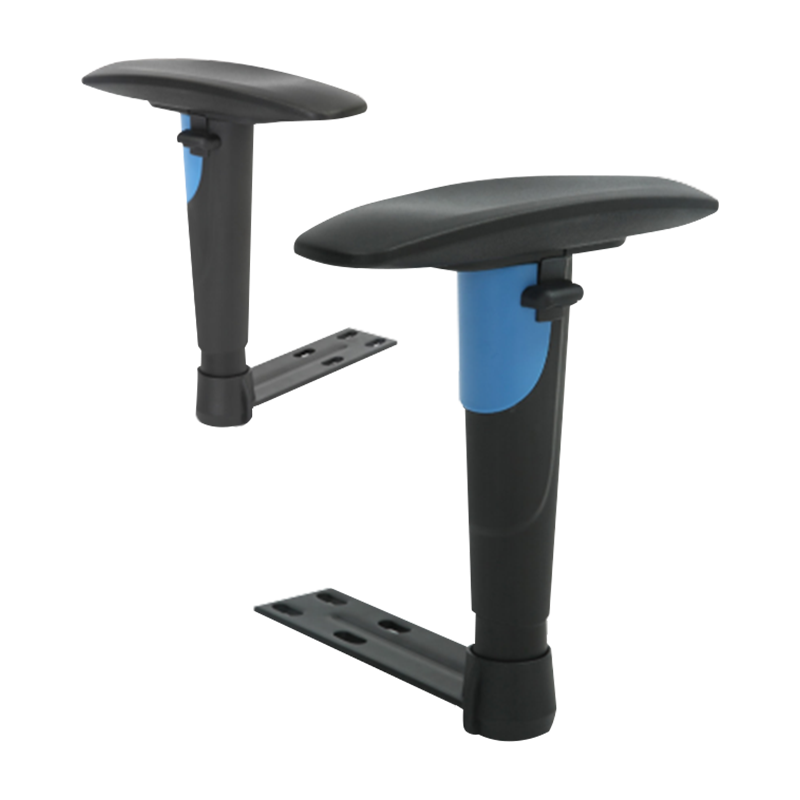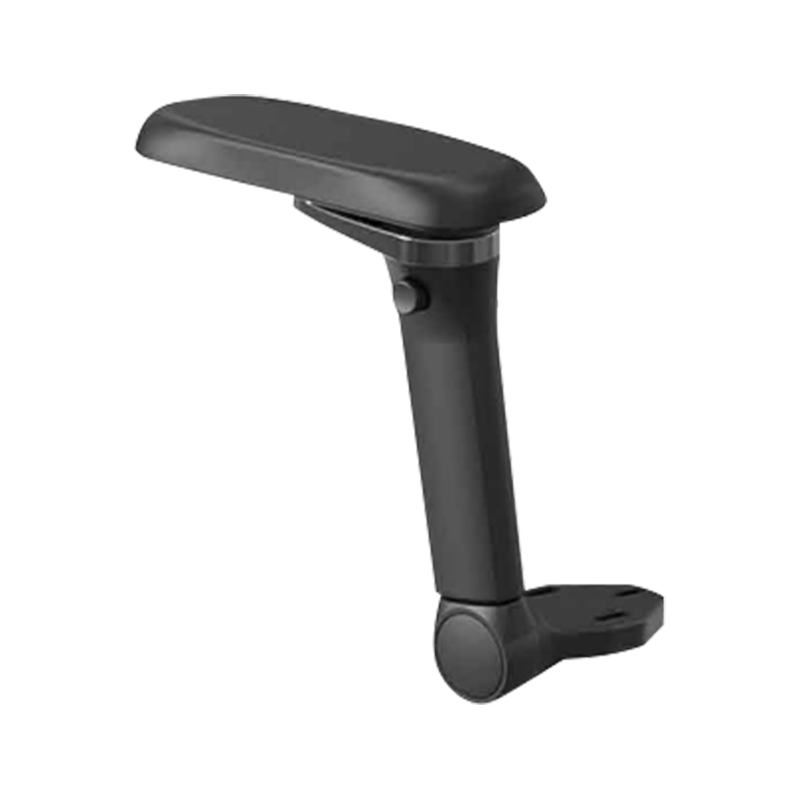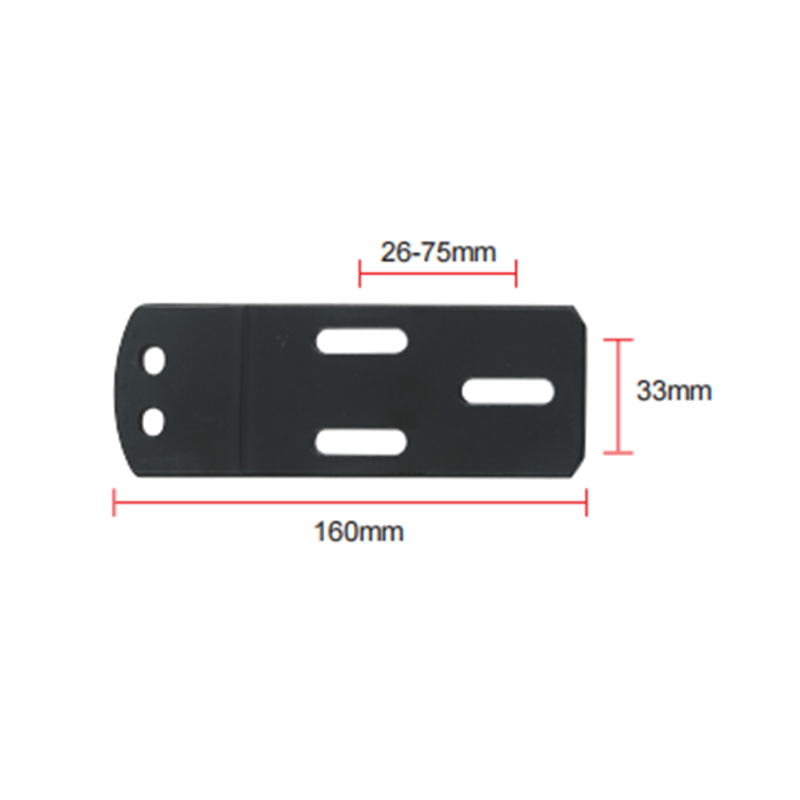Web Menu
Product Search
Ultimate Guide to 4D Chair Armrests: Ergonomics, Benefits, and Selection
The modern office chair has evolved into a sophisticated ergonomic tool, and at the heart of this evolution lies the armrest. While often overlooked, the armrest plays a pivotal role in providing support and promoting healthy posture. Among the various types available, the 4D Chair Armrest represents the pinnacle of adjustability and user-centric design. This comprehensive guide will delve into what makes 4D armrests unique, their significant benefits, and how to choose the perfect one for your workspace, ensuring you can work in comfort and health for hours on end.
What is a 4D Chair Armrest?
A 4D Chair Armrest is an advanced component of an ergonomic office chair that can be adjusted in four distinct directions. This multi-directional adjustability allows users to perfectly align the armrests with their unique body dimensions and desk setup, creating a truly personalized seating experience. Unlike fixed or simpler 2D armrests, 4D versions offer a much greater range of motion to support your arms optimally in any task, whether you're typing, reading, or taking a break.
- Height Adjustment (Up/Down): The most common adjustment, allowing you to raise or lower the armrest to match your elbow height when your arms are at a 90-degree angle.
- Width Adjustment (In/Out): This lets you move the armrest closer to or farther from your body, accommodating different torso widths and preferences for arm positioning.
- Depth Adjustment (Forward/Backward): Crucial for aligning with your desk, this adjustment allows the armrest to slide forward or backward to provide support where your arms naturally rest.
- Pivotal/Pivot Adjustment (Angular): The armrest pad itself can swivel or tilt, enabling your forearms to rest in a natural, relaxed position, reducing strain on the wrists and elbows.
Top Benefits of Upgrading to 4D Adjustable Armrests
Investing in a chair with 4D adjustable armrests is an investment in your long-term health and productivity. The precise level of customization they offer translates into several tangible benefits that fixed armrests simply cannot match. By supporting your body correctly, they help mitigate the risks associated with prolonged sitting.
- Enhanced Postural Support: Properly adjusted armrests encourage you to keep your shoulders relaxed and your spine aligned, preventing slouching and rounding of the shoulders.
- Reduction in Upper Body Strain: By supporting the weight of your arms, these armrests significantly reduce fatigue and strain in your neck, shoulders, upper back, and wrists, combating common issues like repetitive strain injury (RSI).
- Improved Blood Circulation: When your arms are supported and your elbows are bent at the correct angle, blood flow to your hands and fingers remains unrestricted.
- Greater Versatility and Comfort: The ability to fine-tune the armrests means the same chair can perfectly accommodate different users or different tasks throughout the day, from intensive typing to leaning back for a video call.
4D vs. Other Armrest Types: A Detailed Comparison
Understanding the differences between armrest types is key to making an informed decision. While 4D armrests offer the most flexibility, other types might be sufficient for certain users and budgets. The following table breaks down the key characteristics of each type to help you see the clear advantages of 4D functionality.
| Armrest Type | Adjustability | Ideal User | Key Limitation |
| Fixed | None | Users who rarely use armrests or have a perfect fit already. | No customization; often leads to poor posture if ill-fitted. |
| 2D (Two-Dimensional) | Height, sometimes Width | Basic users needing simple height adjustment. | Cannot move forward/backward or pivot, limiting optimal alignment. |
| 3D (Three-Dimensional) | Height, Width, Depth | Users who need to align armrests with their desk depth. | Lacks pivotal adjustment, which is key for natural forearm positioning. |
| 4D (Four-Dimensional) | Height, Width, Depth, Pivot | Professionals seeking the highest level of ergonomic support and customization. | Typically found on higher-end chairs, reflecting a higher price point. |
How to Properly Adjust Your 4D Armrests for Optimal Ergonomics
Simply having 4D armrests isn't enough; you need to know how to set them up correctly. A proper 4D armrest adjustment is a simple process that follows ergonomic principles to maximize comfort and minimize strain. Follow this step-by-step guide to configure your armrests for a perfect fit.
- Step 1: Height Adjustment: Sit upright with your back against the chair's backrest. Relax your shoulders and let your arms hang loosely. Adjust the armrest height so that it gently supports your forearms, allowing your elbows to form an angle between 90 and 110 degrees.
- Step 2: Width Adjustment: Move the armrests inward or outward so that your arms rest comfortably on them without your elbows being forced away from your body or squeezed inward. Your arms should be in a natural, relaxed position.
- Step 3: Depth Adjustment: Slide the armrest forward or backward so that when you type or use your mouse, your forearm is supported from the elbow to just before the wrist. You should not have to reach forward or backward to use the armrest.
- Step 4: Pivot Adjustment: Angle the armrest pads so your forearms rest flat and parallel to the floor. This prevents your wrists from bending awkwardly inward or outward, promoting a neutral wrist position.
Key Features to Look for in a Quality 4D Armrest Mechanism
Not all 4D armrests are created equal. The build quality and design of the mechanism directly impact its durability, smoothness of operation, and overall user experience. When evaluating a chair, pay close attention to these critical features to ensure you're getting a mechanism that will last and perform reliably.
- Sturdy Construction Materials: Look for armrests with a strong internal metal skeleton or high-density polymer core. The outer padding should be firm yet comfortable, often made from high-quality foam and a durable upholstery material like PU leather or fabric.
- Smooth and Independent Locks: Each adjustment axis (height, width, depth, pivot) should have its own easy-to-engage lock mechanism. The adjustments should move smoothly without requiring excessive force and should lock securely into place without slipping during use.
- Adequate Padding and Shape: The armrest pad should be wide and long enough to support your forearm comfortably. It should be contoured to fit the arm naturally. Memory foam padding is a premium feature that offers excellent pressure distribution.
- Full Range of Motion: Ensure the armrest offers a generous range in all four directions to accommodate a wide variety of body types and desk configurations.
Common Issues and Troubleshooting for 4D Armrests
Even high-quality mechanisms can occasionally present issues. Understanding how to fix 4D armrests that feel loose, stuck, or wobbly can save you time and frustration. Many common problems have simple solutions that you can perform yourself without needing professional repair.
- Wobbly or Loose Armrests: This is often the most common complaint. The first step is to check all visible screws and bolts connecting the armrest to the chair. Over time, these can loosen from regular use. Tightening them with the appropriate Allen key or screwdriver usually resolves the issue.
- Armrest Won't Stay in Position: If an armrest slips down or won't hold its adjusted position, the internal locking mechanism for that specific axis may be worn out or damaged. This might require contacting the manufacturer for a replacement part or specific repair instructions.
- Stiff or Difficult Adjustment: If the armrest is hard to move, check for any visible obstructions or debris in the tracks. Sometimes, a small amount of dry lubricant (like silicone spray) applied carefully to the moving parts can restore smooth operation.
- Squeaking Noises: Squeaks often occur at friction points between plastic or metal components. Identifying the exact source and applying a small amount of lubricant can eliminate the noise.
FAQ
What does "4D" mean in a chair armrest?
"4D" refers to the four distinct directions of adjustability that the armrest offers. These are: Height (up and down), Width (inward and outward), Depth (forward and backward), and Pivot (angular rotation of the pad itself). This level of customization allows for a near-perfect ergonomic fit for any user.
Are 4D armrests worth the investment?
Absolutely. If you spend long hours at your desk, 4D armrests are a highly worthwhile investment. They provide superior support that reduces strain on your shoulders, neck, upper back, and wrists. This can prevent chronic pain and work-related musculoskeletal disorders, ultimately contributing to better long-term health, increased comfort, and improved productivity, which far outweighs the initial cost.
How do I stop my 4D armrests from wobbling?
To fix wobbly 4D armrests, first, inspect the chair for any visibly loose screws or bolts connecting the armrest assembly to the seat. Use the correct tool to tighten them firmly. If the wobble persists, the issue may be internal wear in the adjustment mechanism. Consult your chair's manual or contact the manufacturer for guidance on accessing and tightening internal components or obtaining replacements.
Can 4D armrests be retrofitted to an existing office chair?
Generally, it is very difficult and often impossible to retrofit true 4D armrests onto a chair that was not designed for them. The mounting mechanisms, internal structures, and chair design are specific to the model. While some chairs offer upgrade kits from the manufacturer, your most reliable option is to purchase a new chair that includes 4D armrests as a standard or optional feature.
What is the ideal position for 4D armrests when typing?
The ideal position for 4D armrest adjustment while typing is as follows: Adjust the height so your elbows are at a 90-110 degree angle with your shoulders relaxed. Set the width so your arms are comfortably at your sides. Slide the depth forward so the armrest supports your forearm just behind the elbow while your hands are on the keyboard. Finally, pivot the pads so your forearms and wrists remain straight and parallel to the floor.
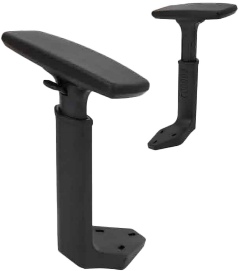
 Feel free to contact us
Feel free to contact us
- Product Fast Links
- Office Chair Armrest
- Hardware Steel Plate
- Polyurethane PU Surface
- Casters
- Contact Information
- Tangpu Industrial Park, Anji County, Huzhou City, Zhejiang Province, China
- [email protected]
- +86-13567973388



 English
English  Español
Español  عربى
عربى 
